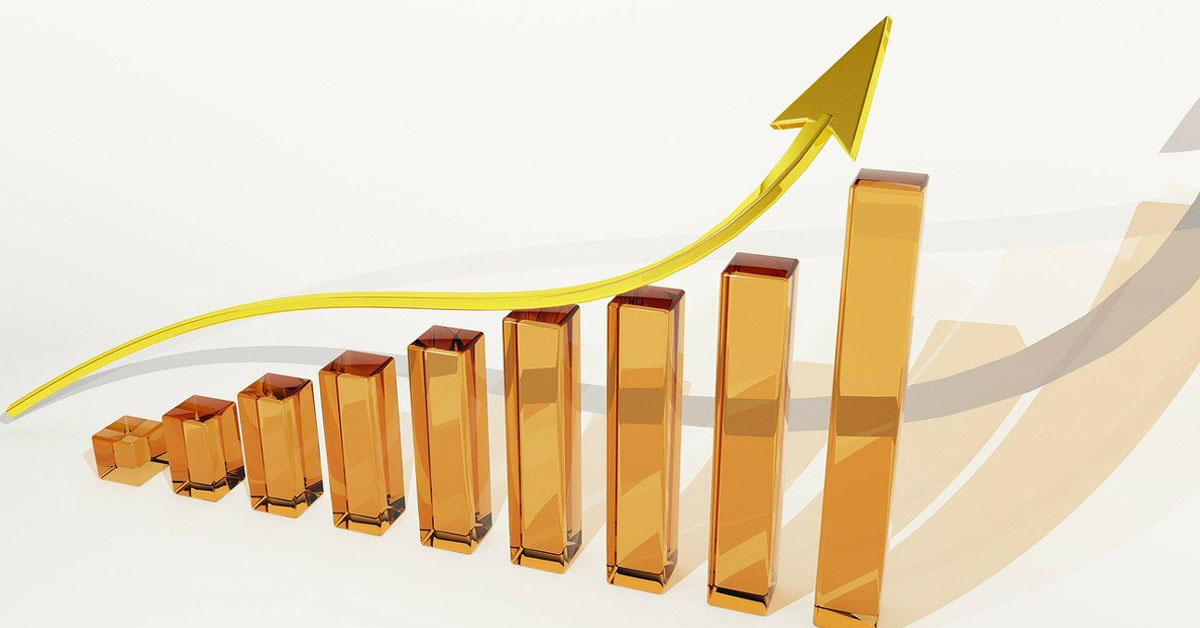
By Vishweshwar HS, www.showmytrade.com
A dividend is defined as a payment/sharing of a portion of the profit made by a company to its shareholders. Usually, these payouts are in cash (or cash dividends). Still, sometimes companies also distribute stock dividends, whereby additional stock shares are given to the shareholders. It is also known as stock splits.
In this article, let’s explore some terms and questions on dividends and other related matters of dividend for general investors.
Under the Companies Act, rules are defined to declare the dividend. Mainly,
For the following reasons, investors should watch out for the dividend yield and the dividend payout history of the company.
If any company is paying dividends considered to be an excellent company as it shows sound financial health.
We can earn a fixed income from dividends without selling the company’s stock.
Usually, regular dividend payouts will keep the interests of investors up. Therefore more investors participate in buying and selling as it improves the liquidity of that stock.
In the stock market, dividend yield refers to what percentage return we can get for what is our buying price?
The dividend yield = (Dividend / Current market price) x 100
For example, A company gives Rs 10 dividends, and the current market price is Rs 250. Then
Dividend Yield = 10/250 = 0.04 x 100 = 4% return.
However, a dividend is declared on the face value of the company’s share. Meaning if any company states that it is going to pay a 150% dividend, then it says 150% of the face value of the stock. So if the face value is Rs 1, then the dividend payout would become Rs 1.5 per share.
If you have 100 shares of the company, then the payout would become 1.5 x 100= Rs 150.
The date considered for the dividend declaration date on which the board of directors of a company announces the next dividend payouts. Board also announces the information on the size of the dividend payout, ex-dividend date, record date, and payout date.
Ex-Dividend Date is the time between the declaration and the actual payment of the dividend. Generally, the Ex-Dividend date precedes the record date, usually a business day before the record date. The buyer of the stock will not get the dividend on or after the Ex-dividend date.
The record date is the date used to pay out dividends to investors. For getting a dividend, the investor’s name should be present on the company’s records as the holder of shares (Demat Account). So basically, this date decides which all investors are eligible for dividend payouts.
The dividends are usually paid (bank transfer to the investor) a month after the record date.
Dividend-stripping is one type of investment strategy. Investors buy shares of the company ahead of its dividend declaration (the date announced in advance) and selling after the dividend payout as usually the company’s shares price dips. Dividend stripping provides investors further tax benefits. In dividend-stripping, an individual receives a tax-free dividend profit. The price of the stock is falling and selling after that means investors can book and set off the capital loss from net payable tax.
Generally, high-growth markets like India pay less dividends compared to some of the developed stock markets. The average dividend yield in India is 1.57%, whereas in Japan’s Nikkei 500 is 1.87%. Hong Kong is at a rate of 3.38% while in the US for S&P500, it is 2.07%.
Note: The dividend yield keeps changing, as the current market price is changing as the share moves. The investor needs to calculate dividend yield to their purchase price.
As an investor expecting to profit from capital appreciation when their share price goes up, also consider buying the high dividend yield stocks. It’s in one way of getting earning fixed income from the dividend. Buy the stock before the ex-dividend date, and you get the dividend. Keep in mind buying shares on or after the ex-date, and you don’t get the dividend.
Kindly share your comments on the “What are Dividends and How Dividends Paid Out?” below. Any suggestions regarding this article will update in the next edition.
Thanks for reading.
Good Earning!
